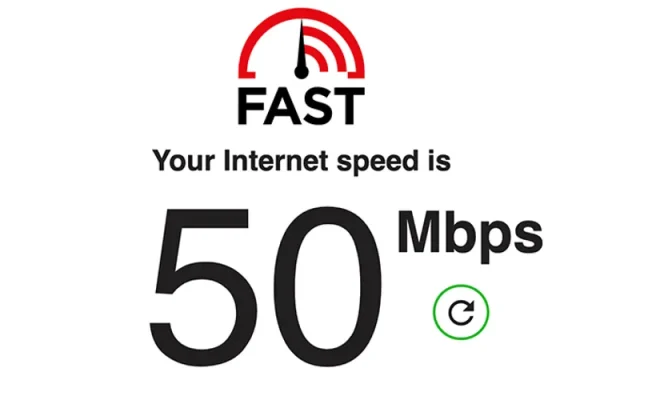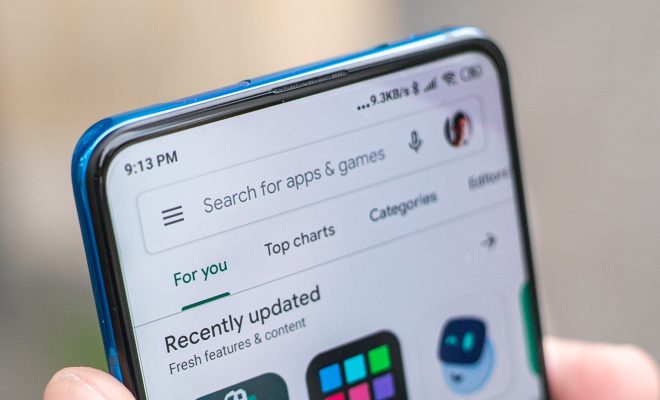Is Your Internet Provider Throttling Your Wi-Fi Speed? Here’s How to Tell

In today’s interconnected world, a fast and stable internet connection is essential for both work and leisure. However, sometimes you might experience slower speeds than expected, leading you to suspect that your internet service provider (ISP) may be throttling your Wi-Fi connection intentionally. This article will explain how to identify whether this is happening and what steps you can take to resolve the issue.
Throttling is a practice wherein ISPs intentionally slow down the internet speed or limit bandwidth for certain users, applications, or services. Although it can be frustrating for users, ISPs claim it is necessary to ensure network stability, manage heavy loads during peak times, and provide fair usage for all customers.
Here are some signs that your internet provider may be throttling your Wi-Fi speed:
1. Consistently slow download/upload speeds: If your internet connection is frequently slower than the advertised speed or not meeting the standards specified in your contract, this could indicate throttling by your ISP.
2. Buffering problems on streaming services: Throttling can cause buffering issues when watching videos on platforms like Netflix or YouTube. If you’re experiencing delays in streaming despite having a strong connection, this might be a sign of bandwidth throttling.
3. Slow speeds during peak times: If you notice that your internet slows down only during specific hours of the day – such as evenings or weekends – it could indicate that your ISP is limiting bandwidth during peak usage times.
So how can you confirm if your ISP is indeed throttling your Wi-Fi speed?
1. Run speed tests regularly: Use online speed test tools like Speedtest.net or Fast.com to measure your internet speed at different times of the day and compare the results with the speeds advertised by your ISP.
2. Test alternative content: If certain websites or platforms are consistently slow but others aren’t, this could be an indication of targeted throttling. Try accessing content that is similar in nature (e.g., streaming services or online gaming) to see if the issues persist across platforms.
3. Use a VPN (Virtual Private Network): By encrypting your internet traffic and hiding your IP address, a VPN can help bypass ISP throttling. If your connection speeds improve when using
a VPN, it could suggest that your ISP has been throttling your Wi-Fi.
If you’ve determined that your ISP is throttling your Wi-Fi speed, consider taking the following steps to address the problem:
1. Contact customer support: Get in touch with your ISP to inquire about the issue and ask for clarification on their network management policies.
2. Review and revise your data plan: If your data usage exceeds the limit specified in your plan, it might result in throttling. Check and revise your data plan to ensure adequate bandwidth for your needs.
3. Switch to a different ISP: If all else fails, you may need to switch to an alternative provider that offers more reliable service and doesn’t employ throttling practices.
In conclusion, staying vigilant about Wi-Fi speed fluctuations is crucial for ensuring satisfactory internet performance. Regular testing, investigating potential causes, and taking appropriate action can help keep you connected at optimal speeds.






